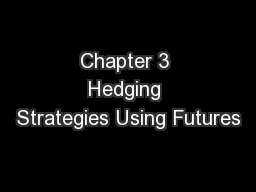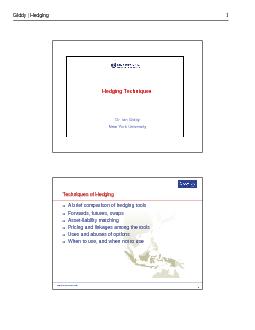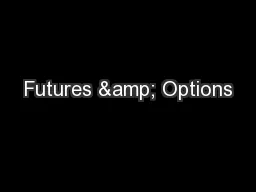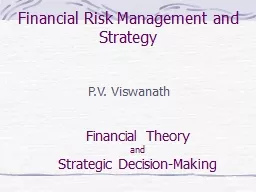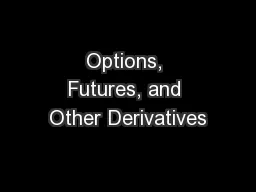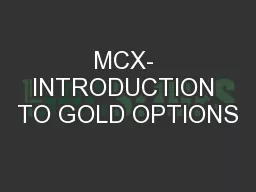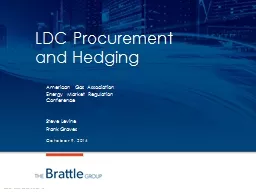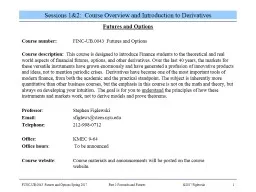PPT-Chapter 3 Hedging Strategies Using Futures
Author : alida-meadow | Published Date : 2018-02-10
Options Futures and Other Derivatives 8th Edition Copyright John C Hull 2012 1 Long amp Short Hedges A long futures hedge is appropriate when you know you will
Presentation Embed Code
Download Presentation
Download Presentation The PPT/PDF document "Chapter 3 Hedging Strategies Using Futur..." is the property of its rightful owner. Permission is granted to download and print the materials on this website for personal, non-commercial use only, and to display it on your personal computer provided you do not modify the materials and that you retain all copyright notices contained in the materials. By downloading content from our website, you accept the terms of this agreement.
Chapter 3 Hedging Strategies Using Futures: Transcript
Download Rules Of Document
"Chapter 3 Hedging Strategies Using Futures"The content belongs to its owner. You may download and print it for personal use, without modification, and keep all copyright notices. By downloading, you agree to these terms.
Related Documents

